When it comes to renovating your home or building a new house, tile presents numerous options that can be used for a truly custom look. Color is typically the first characteristic that homeowners consider. However, other factors should include:
- suitability for the room,
- size of tile,
- pattern preferences (busy or calm, natural stone look versus geometric, etc.),
- material (or the look of the material such as a wood or stone look) and
- (of course) price.
Keeping these characteristics in mind, there have been some good improvements in decorative tile recently, both in terms of fashionable looks and ease of maintenance. These enhancements entice us to use tile more and in some untraditional ways. In this article, I’ll explore the latest offerings in tile, the benefits it offers, cleaning and maintenance tips, and unusual ways to use tile for knock-out interiors.
First, let’s look at some ways that Pamela Hope Designs is using tile in our interior décor projects. Porcelain tiles’ durability and competitive price points make it a great choice for flooring. We used porcelain tile in 2020 as a durable flooring solution in a client’s ranch house, offering an unexpected twist away from traditional hardwood floors. As shown in the photo below, we selected Aequa Castor planks from @ArizonaTile for a beautiful, yet hardy option in a high-traffic area that is also prone to water spills. Porcelain tile is recommended for commercial and residential uses such as interior flooring, exterior floors (with the R11 Anti-Slip finish as a smart choice for pool areas!), countertops, interior walls, showers and even steam showers.
I especially love the new, thin porcelain tile that’s available in large sizes, which allows us to use this fabulous material extensively. We can capture the look of expensive, rare stone without over-extending the interior design budget. For home remodels, we can even overlay existing old counter tops with porcelain tile for a stylish look that installs without the demolition mess. Plus, look at this wall of just some porcelain tile choices at our partner Thorntree Natural Stone & Fine Porcelain. There truly are some amazing options.
My team and I are also loving the Lotus tile from @ArizonaTile that we’re installing in a current project! It looks great as a kitchen backsplash (shown here) but we’re using it as a fireplace surround. If your fireplace is looking dull, changing the surround is a great update that is quick, easy and not terribly expensive. Since most fireplaces are focal points in homes, renewing your fireplace surround will certainly get plenty of visibility. (Plus, mantel décor is not just for the Christmas holidays. Read our “Mantel Décor and More” post to make decorating your mantel easier.) This is one of our favorite interior decorator tips to modernize a dated fireplace setting and the impact it can make is powerful.
Benefits of Tile
If you’re not yet sold on tile for your home or office, here are some of the top reasons people choose tile.
1). Durable: Tile can last for quite a long time without showing substantial wear, in contrast with the matting common with carpet as well as scratches and scuffs typical with hardwood floors. I prefer tile in high-traffic areas of homes such as kitchens, bathrooms, living rooms (although I always recommend area rugs to ground sitting areas) and entry ways. Tile’s durability is an especially smart choice for homeowners with young children and pets who typically are unintentionally harder on flooring with toys and pet claws.
2). Hypoallergenic: A perfect choice for those who suffer from allergies, tile is not host to mold, germs, dust mites or bacteria. Plus, there are fewer chemical requirements for cleaning and surface maintenance, which in turn translates to less indoor environmental impact, according to Schluter Systems. Even those who have few to no allergy issues, tile can be a welcome option in second homes, allowing you more time to enjoy the space and less time cleaning.
3). Cost-Effective: Tile flooring tends to be less expensive than hardwoods but more expensive than carpet. Of course, there is a range in price for tile so knowing your budget upfront is critical. I recommend investing in a higher quality tile in general since they’re made of better materials and tend to look better, longer. Quality tile also can add value to your home’s investment, which should always be a consideration.
4). Water-Resistant: Another benefit of tile it’s resistant to water. Think of all the liquid risks present in your kitchen and bathroom. Remember: I’m not just thinking about tile flooring. As you’ll see in the photo above, various types of tile can also be used on the counter tops and backsplash, where water- and stain-resistance are helpful. Can you put a hot pan or baking dish directly on your countertop without it burning or cracking the counter surface? It depends on the type of tile used.
5). Easy to Maintain: When it comes to upkeep, tile really is a simple solution. Whether you sweep, vacuum or mop, tile floors are easy to maintain. Tile counters, backsplashes and bathroom walls need only to be wiped down.
Cleaning and Maintenance of Tile
As mentioned above, most tile floors, counters and backsplashes can simply be wiped or swept clean to pick up loose debris and dust. “Regular use of corrosive chemicals can erode the surface of the tile and increase its water absorption rate. Corrosive chemicals will also erode the grout, which will loosen the tiles and allow water to get beneath the tiles creating dampness,” according to PrimaPorcelain. “For everyday cleaning of… tiles, just use warm water and a mop (or wash cloth). Every couple of weeks clean with a mild detergent mixed in warm water. Only consider chemicals to remove any stubborn stains.”
Flooring Inc. added that since most ceramic and porcelain tile surfaces are finished with a durable and impenetrable surface glaze, they are incredibly forgiving. Water, dirt, liquids and germs can be removed easily since they cannot be absorbed into the dense tile.
Here are a few, additional suggestions on tile cleaning and maintenance from Natural Stone Institute as well as Flooring Inc.
- Blot spills immediately, rather than wiping them up, which can spread the mess.
- Thoroughly rinse and dry the surface with clean, clear water after washing.
- Don’t use vinegar, lemon juice, or other cleaners containing acids on marble, limestone, travertine, or onyx surfaces. Plus, don’t use cleaners that contain acid such as bathroom cleaners, grout cleaners, or tub and tile cleaners as those may be too abrasive and can damage your tile.
- Ensure your vacuum cleaner is in good shape. If it is worn, replace the worn parts or buy a new vacuum to avoid damaged metal or plastic attachments and wheels that may scratch the stone’s surface.
- Protect floor surfaces with non-slip area rugs and countertop surfaces with coasters, trivets or placemats.
Insider tip: Place a door mat near your home’s front and back entrances to remove dirt being carried in from outside. This will decrease the amount of overall debris in your home and, thus, reduce the amount of cleaning needed.
If you found this article interesting, you may also enjoy our “Clever Uses of Tile in the Home” post.
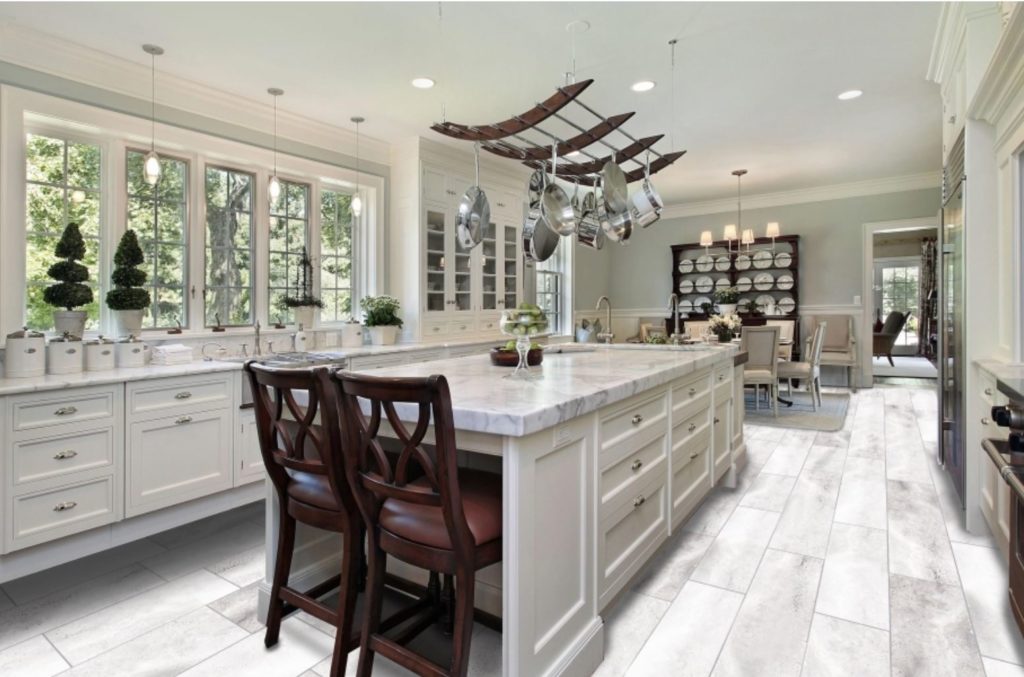
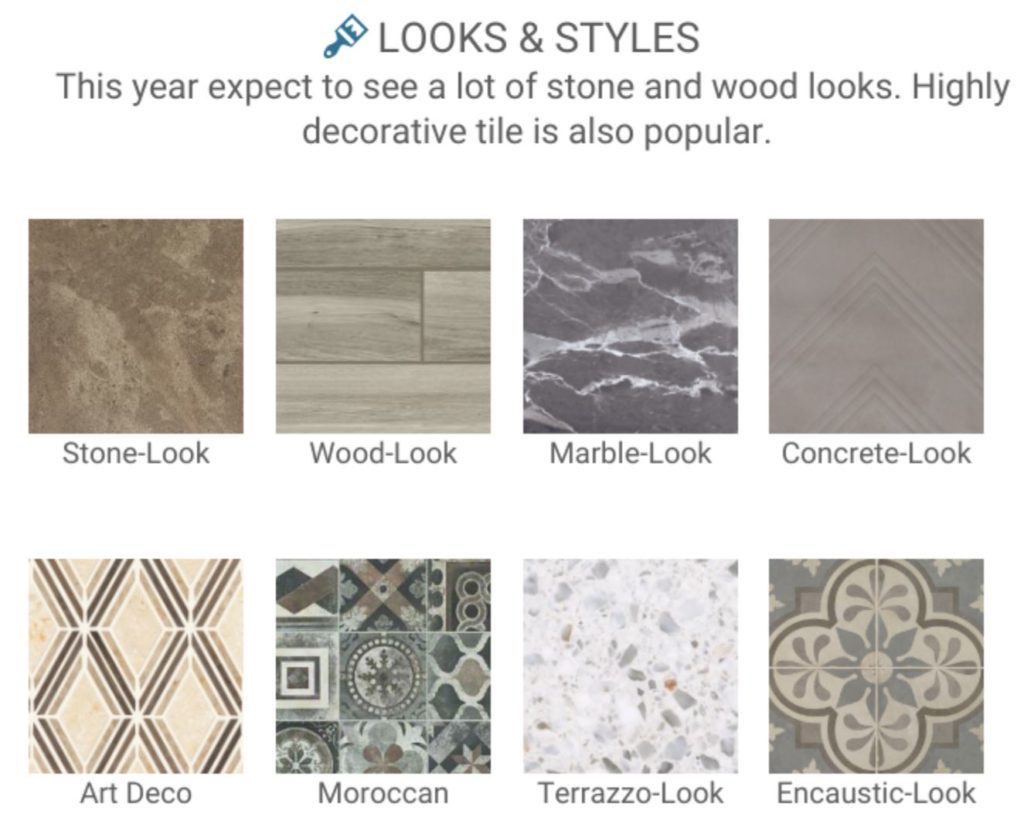
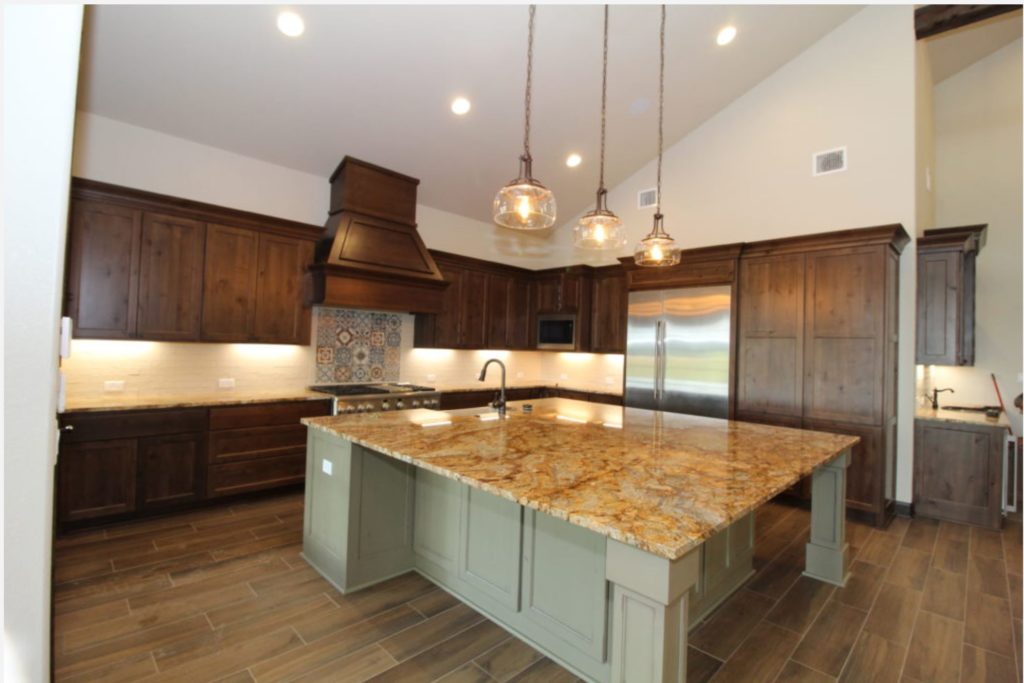
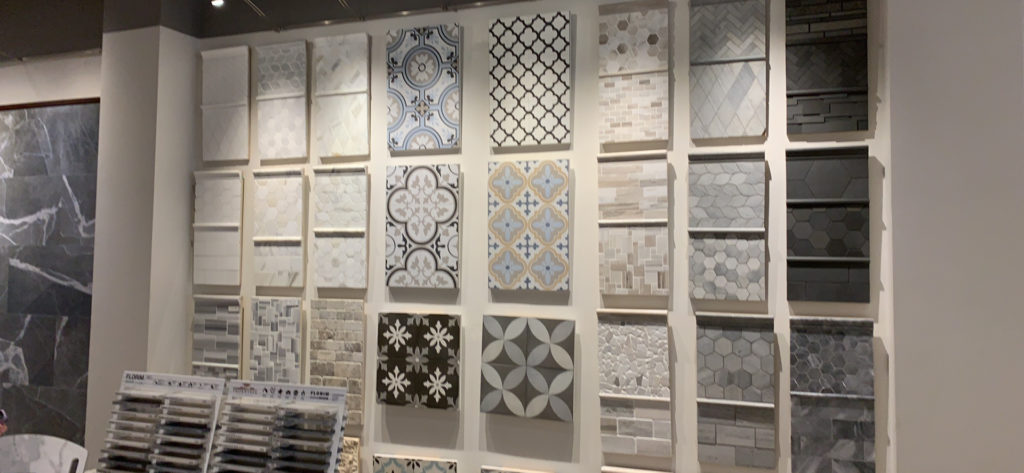
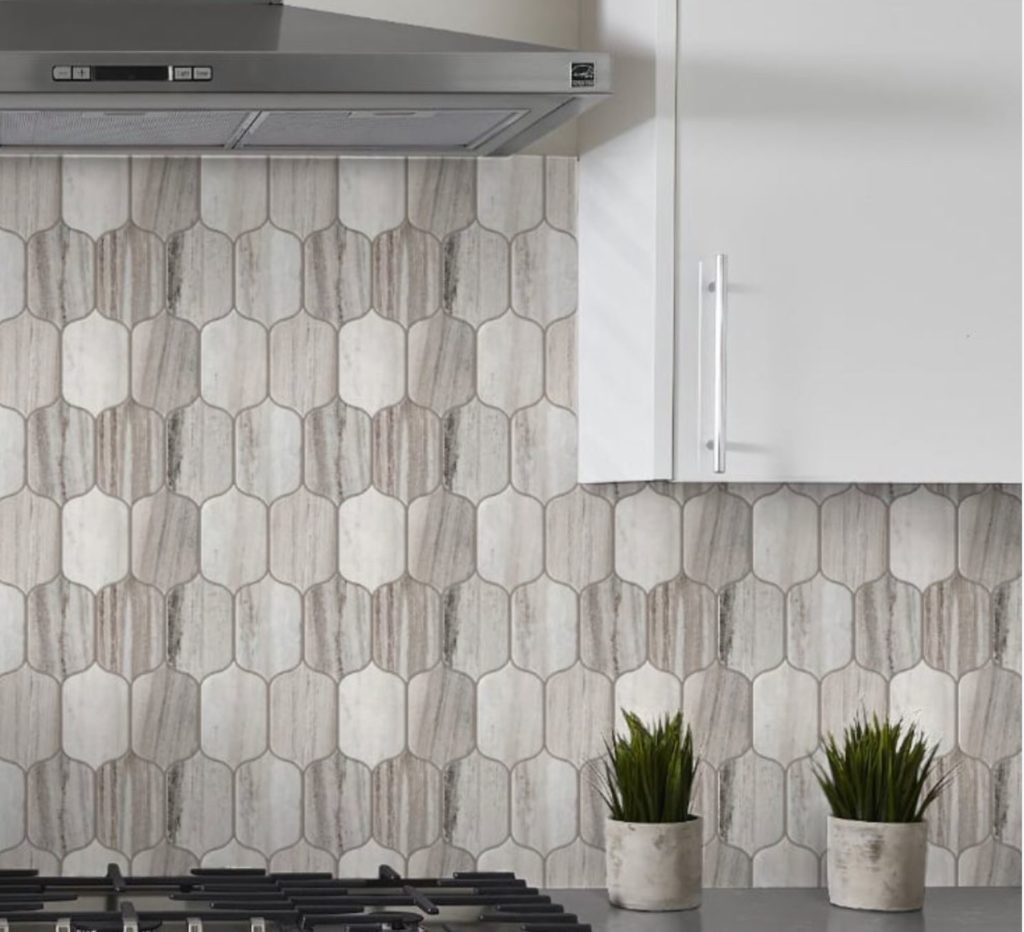
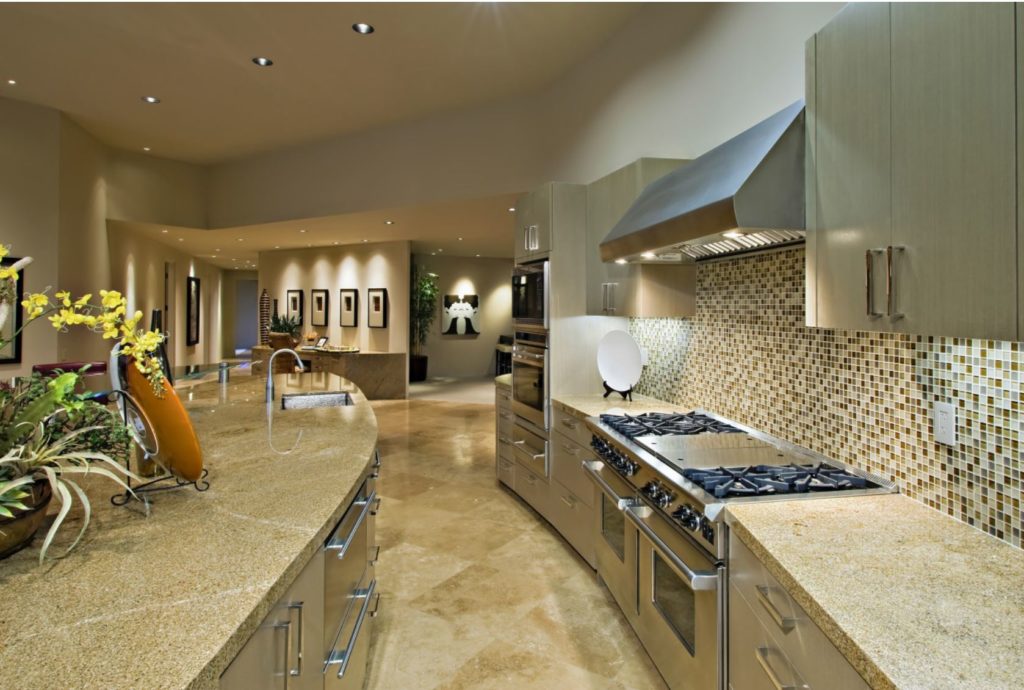
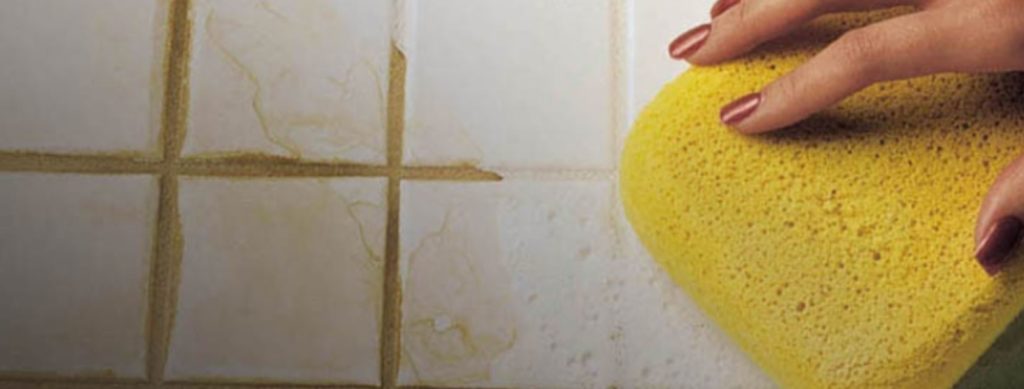




Hey,
I loved this article you wrote on Tile for Your Home or Office. Just planning to replace my old tiles at home, my friend told me that there are good products in the Masonry Kamloops store. It was very helpful and I feel like it answered my question about the benefits of tile in a really clear way.
Nice blog! Thanks for sharing useful information.
I love the latest tile options and their benefits! I especially appreciate the tips on using tile in unconventional ways, like the Lotus tile as a fireplace surround—it’s a best way to modernize a space without a full renovation.